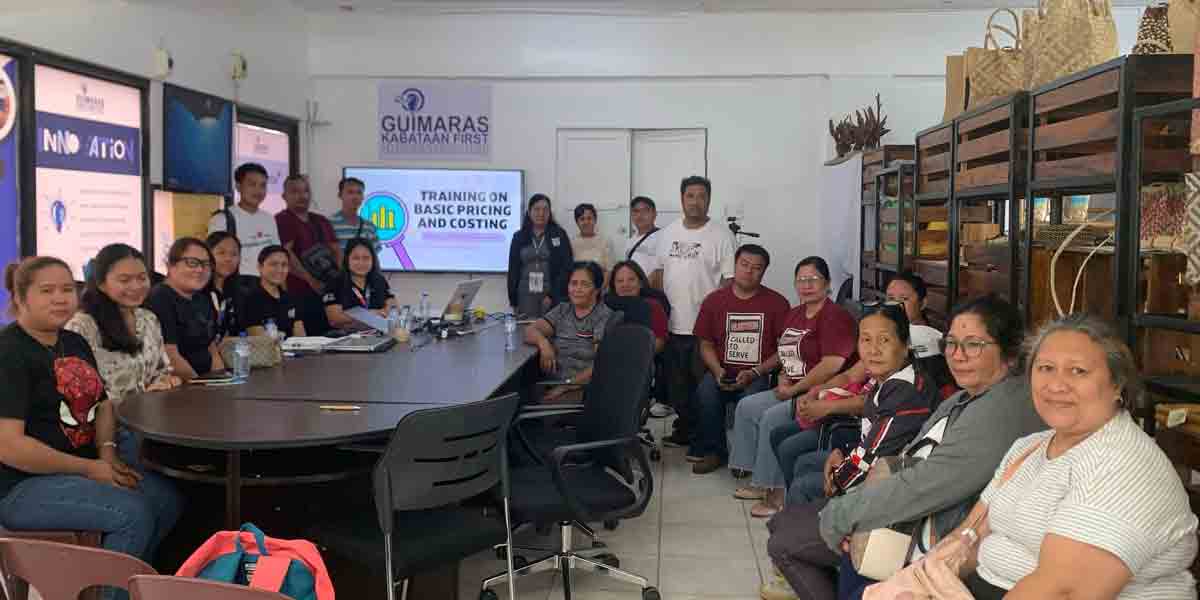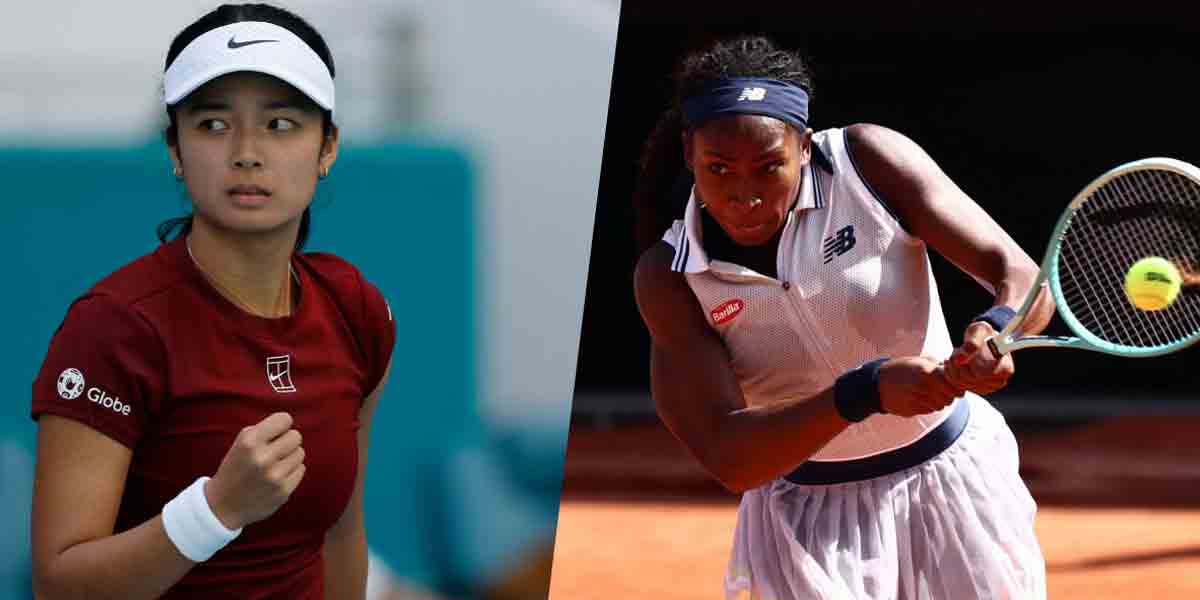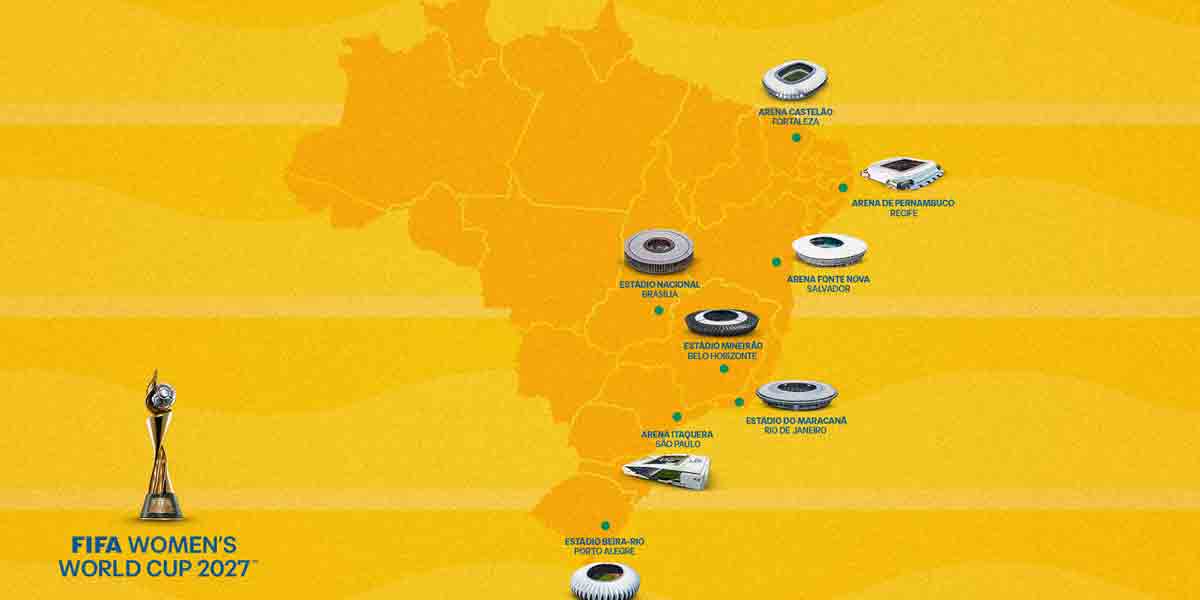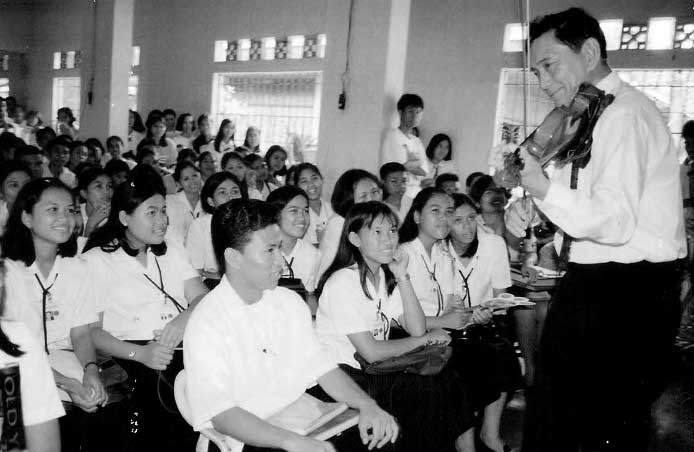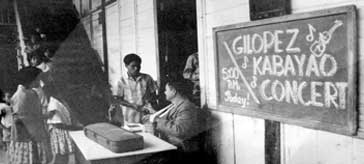By John Anthony S. Estolloso
IT IS without exaggeration to say that much have been heard from the violin of Mr. Kabayao and much more have been written to laud and celebrate his virtuosic career. And aptly so for a Filipino musician who has maintained a renowned, if not too prominent, stature in classical music and in the reinterpretation of local melodies and tunes.
Kabayao was cut to the tradition of classical artistes. Following a breakthrough concert at Carnegie Hall in New York, he undertook a world tour that brought the young violinist through the various music capitals of the world and established him as the new rising star of his time, in the performance and interpretation of the great composers. Suffice it to say that Paris, Brussels, Vienna, Spain, and Tokyo, among others, heard the lyrical virtuosity of his violin and applauded him to rave reviews.
While the canon for masterful violin music might run with names most unfamiliar – think Paganini, Sarasate, Wieniawski, Kreisler, or Ravel – Kabayao was able to breathe new life to these masterpieces. Carrying on the legacy of his contemporaries, counting among them would be his instructors Theodore and Alice Pashkus (who also mentored Yehudi Menuhin on the instrument), the young violinist quickly found his niche in the realm of the musical performative.
But Kabayao did not limit himself to the constraints and constructs of the concert stage. He understood the universality of the music that he performed and as such, broke conventions that it may reach further and wider audiences, especially putting in the front row the common tao. Far from the glitter and glamor of opulent concert halls filled with musical luminaries was the violinist’s burning zeal for the less privileged to experience the music of the masters.
The image stuck with him: what was truly avantgarde and unique about his ‘brand’ of classical music was the manner with which he brought this to the Filipino masses. By jeepney or truck, on improvised stages or at open-air spaces, his trusted Stradivarius lifted the spirits and warmed the hearts of his listeners, and for some of them, introduced them to names and melodies that would have been limited solely to audiences clad in gowns and tuxedoes.
In basketball courts, open-air quadrangles, makeshift platforms, prisons, hospital corridors, auditoriums, cockpits, classrooms, and practically everywhere where there are willing hearts and ears to appreciate these melodies, Kabayao was more than ready to accommodate them. Simple enough was his musical gospel: classical music – in all its sundry genius and dynamism – is never elitist and the humblest of Filipinos has every right to hear and appreciate it.
His critics and their critiques were unanimous in their acclamatory verdict. “He believes that bringing music to the people was a form of public service and that music should be shared,” wrote Nati Valentin in a 1961 review published in Manila Times. Quite aptly, a 1972 article featured in New Sentinel would provide a belated rejoinder that “if one of these days a market vendor recognizes a Tchaikovsky, or a grade schooler pauses to hum a Beethoven, there’s only one man…to give credit to for all these – Gilopez Kabayao.”
With a career that has coursed through the limelight and ornate stage of the Great Hall of Vienna to the crudest and coarsest cockpit in the country, his passion and verve for music, in all its diverse aspects, remained undiminished. That was his mission in the name of art, as columnist Jaime Picornell described it.
In a 1972 review, writer Exequiel S. Molina commented on a series of his concerts and observed that the violinist was convinced that in a world that hardens men and women, “callousness can be overcome by the soothing, elevating, humanizing, and divinifying power of music.” Carrying out this musical crusade by the most unconventional methods, Kabayao has indeed brought Bach to the boondocks and Mozart to the barrios.
Through the decades, he was the quintessential ‘traveling salesman of music’ to Filipino audiences: traipsing amid townspeople of the provinces, among the sugarcane laborers of Negros and Hawaii, rubbing shoulders with the construction workers at the Arabian desert – all in the name of music. Not for nothing did Kabayao’s admirers attach the moniker of ‘the artist for the Filipino people’ to his name.
(The author is the subject area coordinator for Social Studies in one of the private schools in the city. The photos are used with permission from the Kabayao family.)





